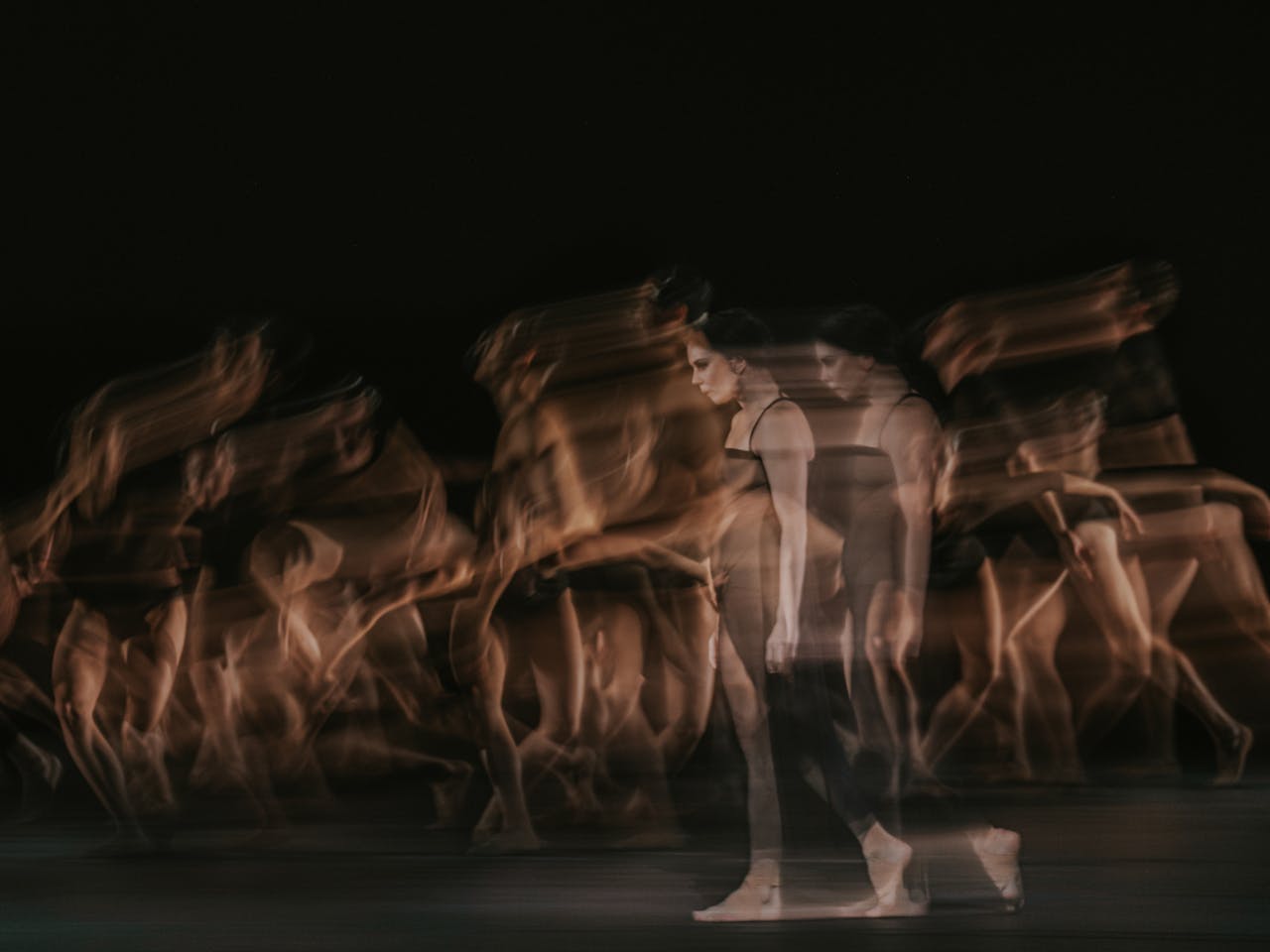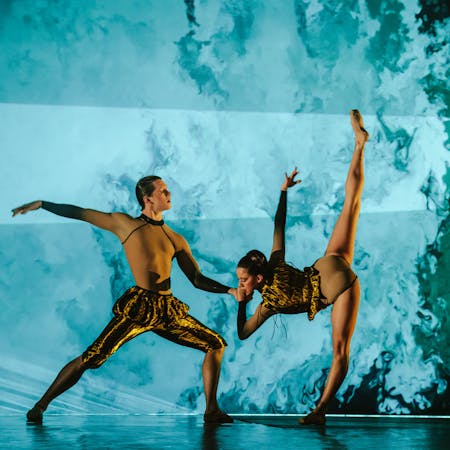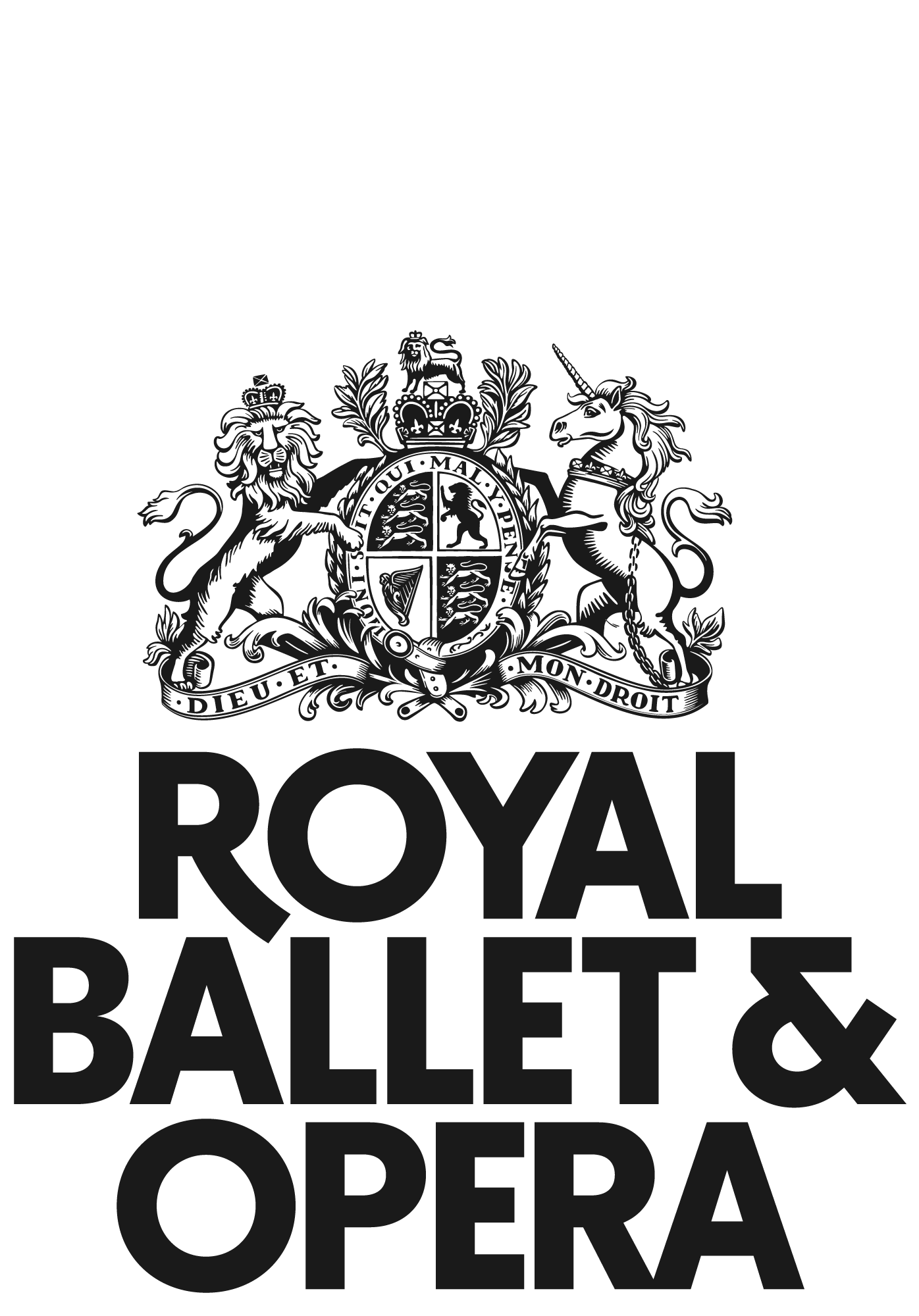Woolf Works
Woolf Works
Woolf Works
Echoes, memories, words...

Resident Choreographer Wayne McGregor’s experimental ballet triptych inspired by the genre-defying works and writings of Virginia Woolf, set to an original score by Max Richter.
Resident Choreographer Wayne McGregor’s experimental ballet triptych inspired by the genre-defying works and writings of Virginia Woolf, set to an original score by Max Richter.
Royal Ballet and Opera Principal Julia Rausing Trust
Aud Jebsen
Royal Ballet and Opera Patrons
A Ballet Triptych

I now, I then (from Mrs Dalloway)
Mrs Dalloway, Woolf’s 1925 stream of consciousness novel, is set over the course of one day and alternates between two stories: a society hostess preparing for an important party and a shell-shocked war veteran on his way to a psychiatric assessment. Though they never meet, both Clarissa, the protected insider and Septimus, the social outcast, are haunted by the past. Opening with an excerpt from Woolf’s recorded essay, On Craftsmanship, I now I then is a journey into the writing of Mrs Dalloway, interweaving narrative fragments from the novel with aspects of Woolf’s autobiography including the experience of drawing on her own mental illness as subject matter.
Becomings (from Orlando)
‘on or about December 1910 human nature changed’ – Virginia Woolf
Written in an epoch of recalibration in every sphere including the roles and rights of women, modes of representation in art and literature, and rapid advances in cosmology, Woolf’s iconoclastic 1928 novel Orlando centres around a fantastical figure who journeys through three hundred years without growing old, and changes sex along the way. Relationships prove transient, even with himself, while relativity and plasticity define her experience of time and space. Becomings presents Orlando’s dizzying wide-angle vision of a vast, ever-altering universe in which life is energy passing through a multiplicity of forms – a brief, gorgeous flaring of insect wings, gestating, emerging, extinguishing and moving on.
Tuesday (from The Waves)
Grand and elegiac, The Waves (1931) is Woolf’s most experimental novel, conceived in response to her own childlessness and the contrasting fierce maternity of her sister Vanessa. In the novel, the voices of six people growing from childhood to old age are punctuated by symbols of natural decay and renewal, the most important of which is the ever-returning sea. Responding to Woolf’s unique fascination with underwater imagery in all her writing, Tuesday merges themes of The Waves with a portrayal of the writer’s suicide by drowning. As Woolf counts her steps towards the river Ouse and her final journey, so too the world of her novel moves towards abstraction and silence.
Background
In the spirit of Woolf’s writing
One of most groundbreaking writers of 20th-century, Virginia Woolf defied literary conventions to depict rich inner worlds – her heightened, startling and poignant reality. Moving away from traditional narrative storytelling, Woolf Works evokes Woolf’s stream of consciousness writing style with a collage of themes from Mrs Dalloway, Orlando, The Waves and her other writings. Created for The Royal Ballet in 2015 and winner of an Olivier and a Critics’ Circle National Dance Award, Woolf Works captures the heart of Woolf’s uniquely artistic spirit.
An exceptional creative team
Woolf Works’ immense power as ‘a ballet of ravishing feeling and radical intellectual intent’ (The Guardian) lies in the potent imaginations of its artistic team. Choreographer and director Wayne McGregor leads a luminous team including composer Max Richter, architectural practices Ciguë and We Not I, lighting designer Lucy Carter, costume designer Moritz Junge, film designer Ravi Deepres, make-up designer Kabuki and dramaturg Uzma Hameed.
Cast and Creatives
Cast
The cast of this production may vary depending on performance date. Go to cast and dates to see these.
Creatives
Ciguë, We Not I and Wayne McGregor
Reviews

Access
There is lift access and step-free routes to over 100 seats in the Stalls Circle, Balcony and Amphitheatre. There are 10 steps or fewer to some seats in the Stalls Circle, Balcony, Amphitheatre and the Donald Gordon Grand Tier. All seats in the Orchestra stalls are accessed by 9 steps or more. A handheld bell is rung by Front of House staff to signal guests to take their seats before a performance. The bell is loud and can be startling. The bell is rung approximately ten minutes before the show starts and at each interval.
We have an assistive listening system available to use.
Join our Access Scheme for priority access performance tickets and to personalise your account for your access requirements.
See our Accessibility page for more information on access at the Royal Opera House.

Pointe Shoe Appeal
Every season, The Royal Ballet dance through more than 6,000 pairs of pointe shoes—but that’s just the starts of what our dancers wear throughout the year.
With shoes in every style and colour, our footwear team works year-round to ensure that every dancer has the perfect fit, allowing them to step confidently onto the stage night after night. Help them perform to the best of their ability by making a donation to our Pointe Shoe Appeal.
For people, not profit. Making world class ballet and opera for everyone.
Royal Opera House Covent Garden Foundation, a charitable company limited by guarantee incorporated in England and Wales (Company number 480523) Charity Registered (Number 211775)
